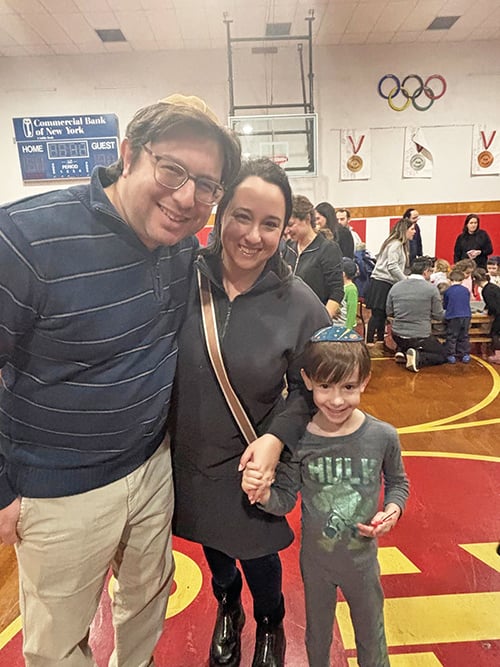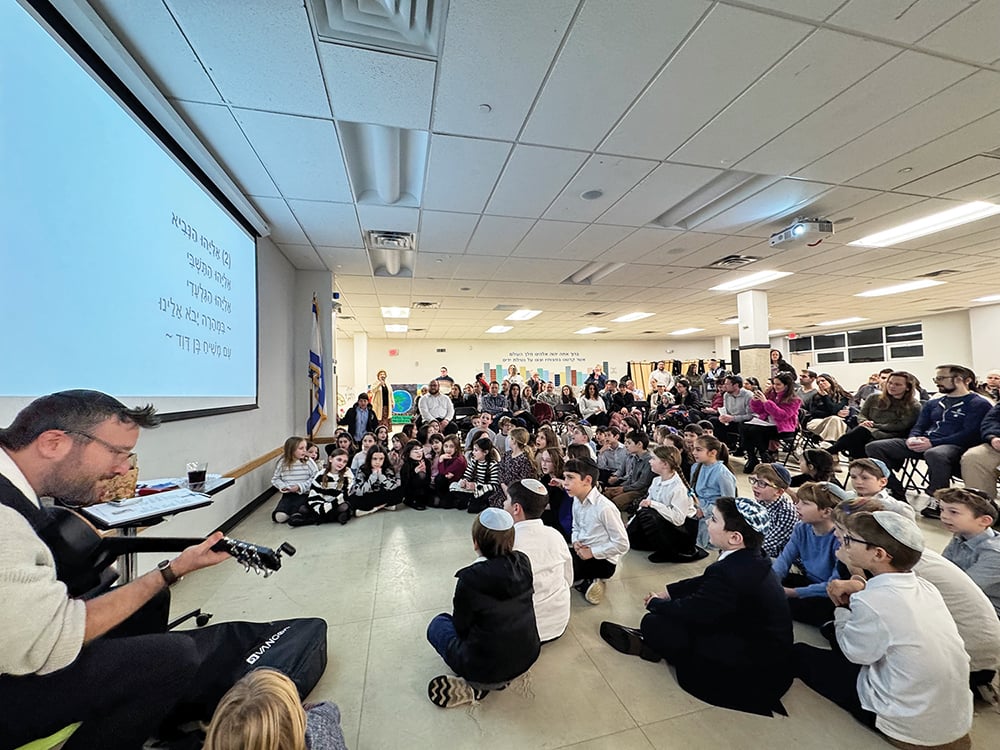Recently we marked the passing of Ida Nudel, z”l. Sadly, I believe that for a large part of our community, the reaction to this news was “who?”
Ida Nudel was a Soviet refusenik, first applying for permission to immigrate to Israel in 1970. She was eventually internally exiled to Siberia in 1978 after unfurling a banner from her Moscow apartment that read: “K.G.B., Give Me My Visa to Israel.” She was known as the “Guardian Angels” for the “Prisoners of Zion” (another term for the refuseniks) because of her efforts to maintain communications with them and monitor their condition. With the possible exception of Natan Sharansky, few refuseniks were of higher profile. Her cause was adopted by actress Jane Fonda. Then Secretary of State George Shultz was instrumental in obtaining her 1987 release.
The Soviet Jewry movement is the 20th-century Chanukah story. The Soviet Union was to Judaism what the Nazis were to Jews. They sought no less than the eradication of the practice of Judaism. As a result, the third-largest post-Holocaust Jewish community of well over a million Jews lived in forced ignorance of their faith and heritage, was subject to persecution and was denied the right to emigrate.
Natan Sharansky writes that his KGB interrogators dismissed the movement as a “bunch of students and housewives.” The KGB was pretty accurate in its assessment. It turned out that the KGB just grossly underestimated what motivated, committed students and housewives can achieve. The first public rally held outside the Soviet mission to the UN was a student rally on May Day 1961 led by a core of Yeshiva University students. This movement eventually led to the Triple-S J, the Student Struggle for Soviet Jewry, which was at the vanguard of drawing public attention to the plight of Soviet Jews. Their rallying cry was “Let My People Go,” as Moshe had once declared to Pharaoh.
Eventually the established Jewish community joined the campaign. The goal was to keep Soviet Jews in the headlines and to exert continuous pressure on the Soviets. The campaign took many forms.
Solidarity Sunday, an annual rally at the UN, drew tens of thousands of students and other supporters to call attention to Soviet Jewry. Starting in 1972, these rallies continued until 1987. That year the effort reached its peak with a rally in the mall in DC in 1987 drawing 250,000 on the eve of the first Reagan-Gorbachev summit meeting.
Soviet performers were routinely picketed in U.S. appearances. Jewish college students and others played cat and mouse with the KGB as they sought to meet with refuseniks in Russia and smuggle in religious articles. For several years, members of Congress on both sides of the aisle posted daily statements on Soviet Jews in the Congressional Record as part of a “Congressional Call to Conscience.” Over the objections of the Nixon administration, Congress passed the Jackson-Vanik amendment, which prevented Soviets from gaining most favored nations trade status until they allowed freedom of emigration.
The Soviet Jewry movement is the ultimate story of the power of student activism. It can be a tremendous source of inspiration. I would ask educators reading this to consider making the eighth day of Chanukah Soviet Jewry Day, to celebrate the victory of “students and housewives” over a super-power. The programming should have both a zachor and shamor aspect to it. The history of the movement should be taught. In addition to remembering, the day should give students the opportunity to engage in political activism.
Dror Futter lives in Teaneck. He is a partner at the Rimon PC law firm where he advises startups and technology companies.













